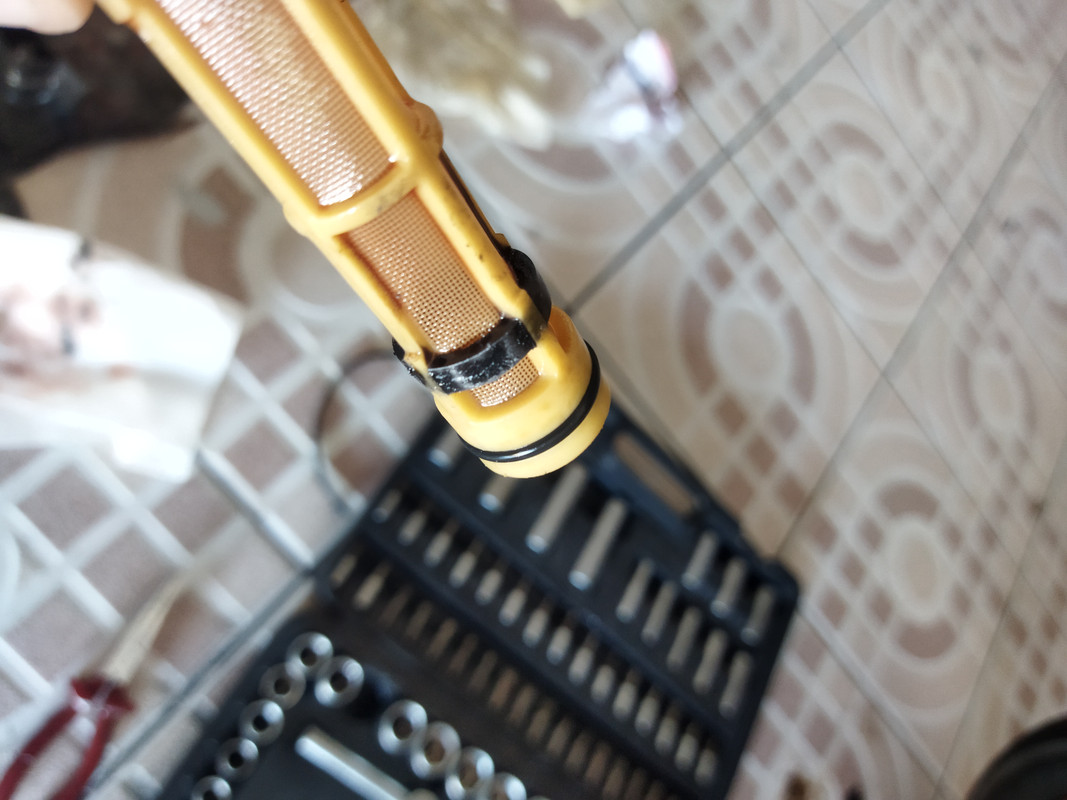The sole purpose API ranks the first number (Example 10) and the letter W is to
inform the buyer the oils ability to flow during critical start up...
API ranks the first number 10 and the letter W from the newest to the
oldest on its ability to lube your engine during critical start up because
the most wear happens during startup before pressure is establish...
0W
5W
10W
15W
20W
The purpose of the first number, as illustrated in J300, is to demonstrate compliance with a given Winter rating. That is to ensure two things:
1. The ability of the lubricant not to impact cranking speed (CCS)
2. The ability of the lubricant to be pumped (MRV)
This is not an age "ranking" system, it's simply the ability for the oil to meet those two requirements at two specific temperatures, which can be used as a guide to select the appropriate lubricant for your anticipated operating conditions while keeping in mind the recommendations or requirements laid out by the OEM:
So, for a 0W-xx, the oil has to:
1. Be below 60,000cP at -40C measured via the mini rotary viscometer test (MRV) which tests pumpability (the oil can be drawn into the pump and pumped)
2. Be below 6,200cP at -35C measured via the Cold Cranking Simulator test, which measures drag on rotating components that could prevent a start
For a 5W-xx, this is bumped up 5C, so MRV is tested at -35C, CCS at -30C, and so on and so forth.
A 20W-50 still has to pass the MRV requirements of being below 60,000cP at -20C, but more importantly, less than 9,500cP at -15C.
0C is not even remotely close to testing the cranking or pumpability limits of a 20w-50. If the manufacturer recommends an xW-50, it's typically wise to stick with that unless they make allowances for going lower. I don't think anybody wants to be responsible for telling somebody to run a lubricant that is contrary to the OEM recommendations where they aren't going to be footing the bills for the repairs if things go badly.
Now, that said, a 20W-50 will often be conventional, so there's probably an ease of start benefit during cooler weather and a bit of a fuel economy during warm-up benefit of going with a properly rated 15W-50 or 10W-50 synthetic with no associated risk, as you are staying within the hot viscosity recommendations of the OEM.
As the spread gets wider, you are going to end up with a lower base oil viscosity, which means more VII polymer to prop up that hot viscosity and thus more shear as those polymers are broken down, which bikes and ATV's, particularly high-winding ones, have a tendency to do, which means more viscosity loss. A 5w-50 has the potential to shear a significant amount for example.
I run a Euro 0w-40 in my Can-Am, but it's a liquid cooled V-Twin that calls for 10w-40, operated frequently in the winter, and that oil passes multiple approvals with shear limits as part of them and the OEM sells a 0w-40, so it was a pretty safe choice in this application.

